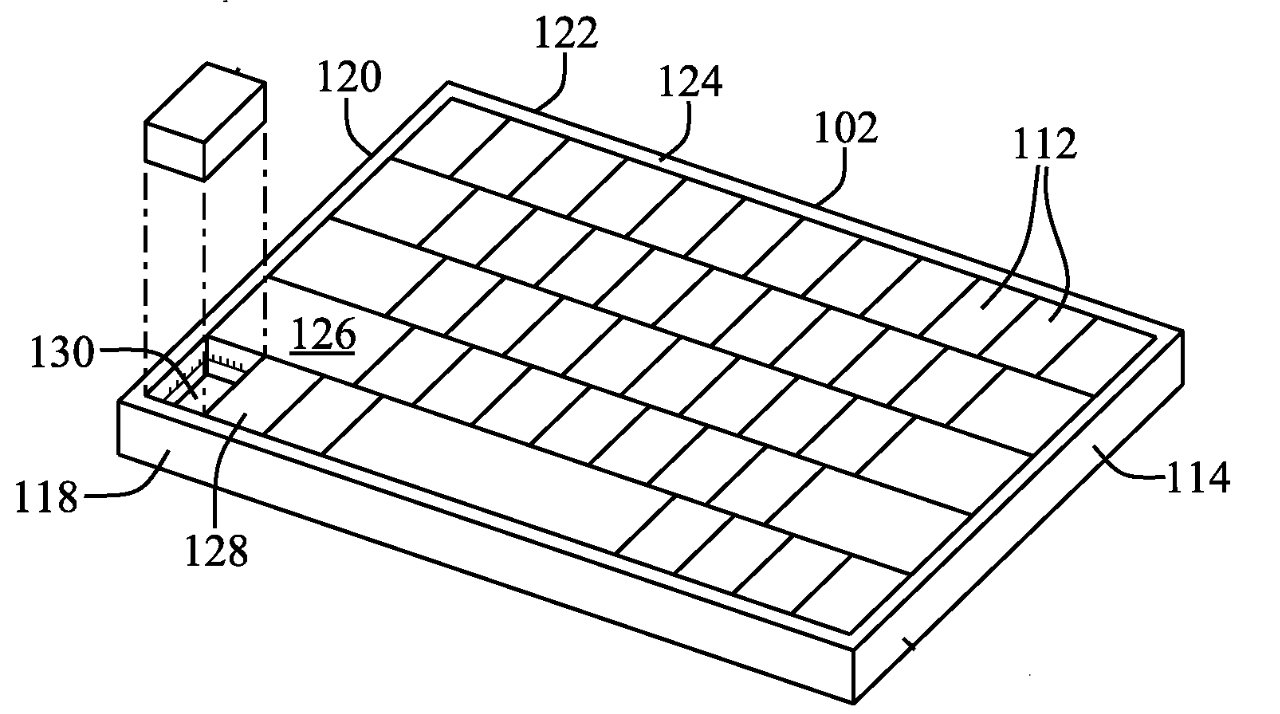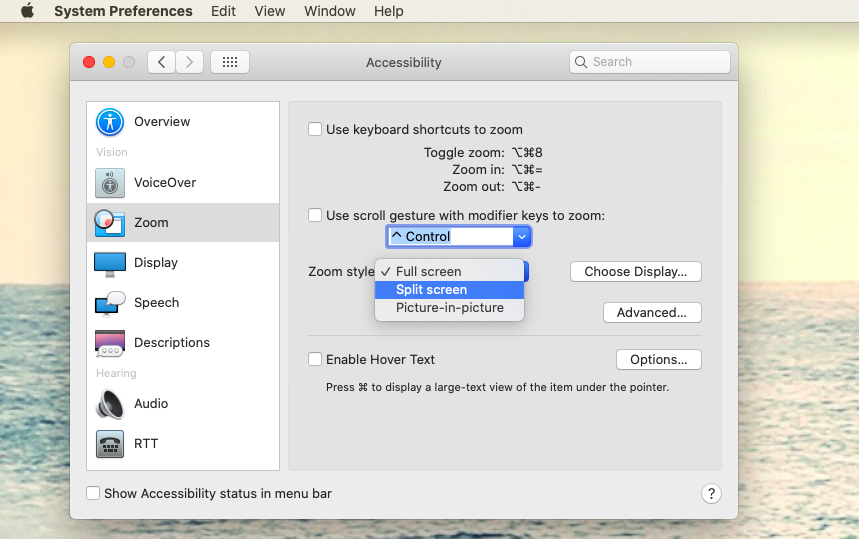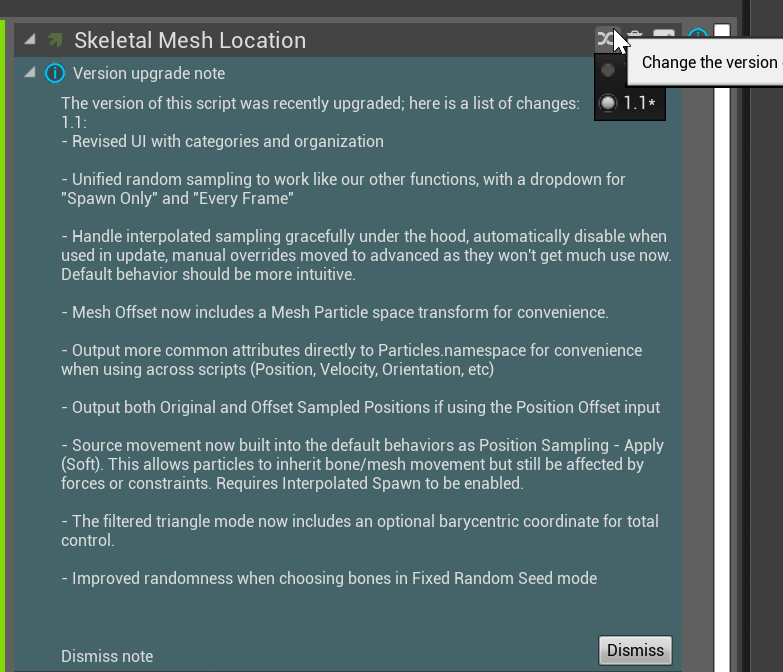

WORD might be coded as WO, WR WD, OR, OD, or RD Open bigrams: a proposal that the order of letters in a word is coded in terms of a set of ordered letter pairs, which may be non-contiguous. The OLD20 is the average distance of the 20 closest neighbours. This measures similarity in terms of the number of ‘edits’ – insertions, deletion, and substitutions – so WORD and WORDS will now be considered to be neighbours. A more flexible measure is given by a Levenshtein distance metric. A common measure is Coltheart's N : how many other words can be formed by changing a single letter in a word? According to this definition, only words of the same length can be neighbours. Neighbourhood density: a measure of how similar a word is to other words. Masked priming is most commonly used to address questions about the representation of orthography. The prime is usually presented in lower case and the target in upper case to minimise physical overlap. Participants are rarely aware of the prime. Masked priming: a variant on the lexical decision task in which the target is preceded by a briefly presented prime, which can be a word or a nonword. Participants are required to decide whether a string of letters is a word or not (a nonword). Lexical decision: the most common laboratory task for studying word recognition. In IA models, this is due to the inhibitory connections between word nodes. Lexical competition: in both IA models and Bayesian models, neighbouring words compete with each other for recognition. Words are represented as nodes in a network that are connected by inhibitory links (see Figure 1 in main text). Interactive activation (IA) model: the first, and still most influential, form of connectionist model of word recognition. These models are intended to capture general properties of neurons, or neuronal populations. P ( w o r d | e v i d e n c e ) = P ( w o r d ) × p ( e v i d e n c e | w o r d ) / ∑ i = 0 i = n Ĭonnectionism: models expressed as artificial neural networks this includes, for example, the IA model.
#Get more precise movement on word for mac full
These visual objects can then make contact with the full range of representations in the reader's mental lexicon. This review concentrates primarily on more recent models that try to explain the core process that uniquely characterises reading: recognising words as visual objects. New models continue to emerge, with several of the more recent models departing from the connectionist tradition. Since then, models have increased in their ability to produce ever-more-accurate simulations of an increasingly wide range of challenging data.
/001_enable-track-changes-word-for-mac-3540065-ad388f75d0964b7d9c94d445bd4c191a.jpg)
These first models were simple connectionist networks (see Glossary).

These models made clear statements about what was supposed to be going on in the boxes and we could now work out exactly what the models predicted. The situation changed dramatically with the development of computational models of reading in the early 1980s. However, even the most influential of these models – Morton's logogen model – had very little to say about exactly what went on in the boxes or what information flowed along the arrows. Early models of reading were predominantly of the ‘box-and-arrow’ type.

Understanding each of these processes is hard but understanding how they operate as a whole presents an even greater challenge. Reading is an impressive human achievement that requires coordinated mastery of a constellation of perceptual and cognitive processes ranging from low-level visual perception to recognition of word forms, phonological processing, eye-movement control, and all of the higher-level linguistic processes required to recover the meaning of the written words. From boxes and arrows to computational models of reading


 0 kommentar(er)
0 kommentar(er)
